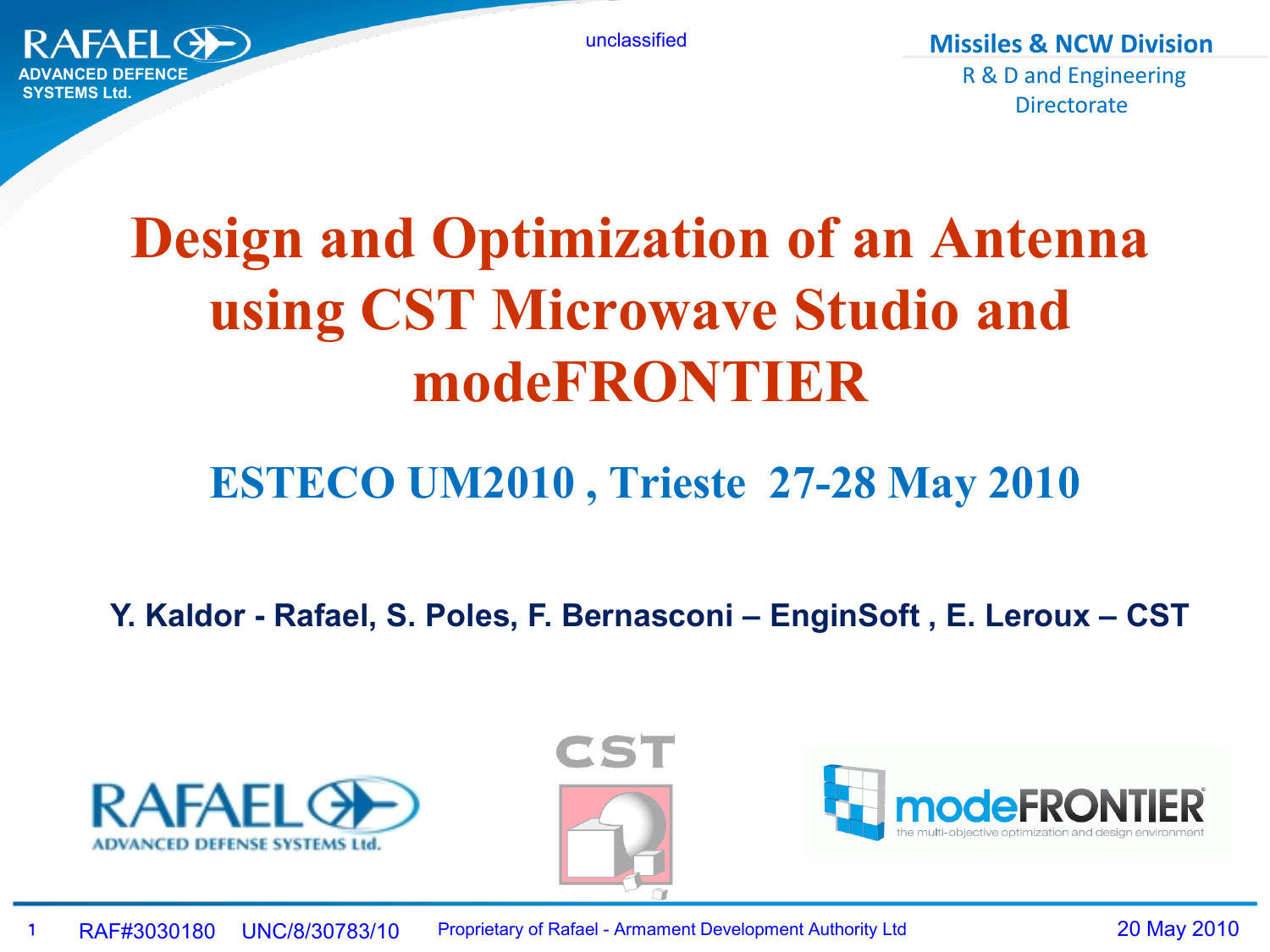

The radiation intensity for the antenna is a function of the antenna efficiency, ?, and the directivity, D. The antenna gain expression can be expanded further to reveal other factors that contribute to the overall antenna gain. The sphere associated with the isotropic radiator has a steradian measure of 4? steradians and serves as the normalization reference level for antenna gain. Power intensity is the amount of radiated power per unit solid angle measured in steradians (sr). This serves as a basic guideline, however in many physical realizations, this clearance zone is compromised and the effects must be determined through simulation or empirical measurement.Īntenna gain is defined as the ratio of radiated power intensity relative to the radiated power intensity of an isotropic (omni-directional) radiator.

įor example, if the largest dimension of the antenna is a half of a wavelength, the minimum clearance zone is a half-wavelength. The largest dimension of the antenna, D, and the operating wavelength determine this distance. Ideally, there should be a free-space clearance zone around the antenna of at least d. Īnother basic antenna relationship shows the Fraunhofer or Rayleigh distance, d, at which the near/far-field transition zone exists. This roughly indicates that antenna gain is proportional to the physical size of the antenna.

One basic antenna relationship presented below shows that antenna gain, g, and then antenna effective aperture (area) are directly proportional. Antenna size and clearanceĪntenna gain (or loss) must be part of a trade-off study between performance and the physical realization considerations of size, placement and clearance (distance from obstructions). This relation is only valid for free-space propagation, but illustrates the important role of the antenna gain in the maximization of the receive-to-transmit power ratio, or system link gain. Given those parameters, one can ascertain the amount gain or loss required to maintain the communication range by using the Friis Transmission formula : The first step in establishing antenna requirements is to determine the desired communication range and terminal characteristics of the radio system (i.e., transmit power, minimum receiver sensitivity level). With the advent of prolific wireless communications applications, system designers are in a position to consider the placement and performance of an antenna system. Antenna requirements Gain and communication range A measurement discussion includes reflection parameter measurements and directive gain measurements. A center-fed dipole antenna is presented as a design/simulation example. These considerations include system requirements, antenna selection, antenna placement, antenna element design/simulation and antenna measurements. An overview of antenna design considerations is presented.


 0 kommentar(er)
0 kommentar(er)
